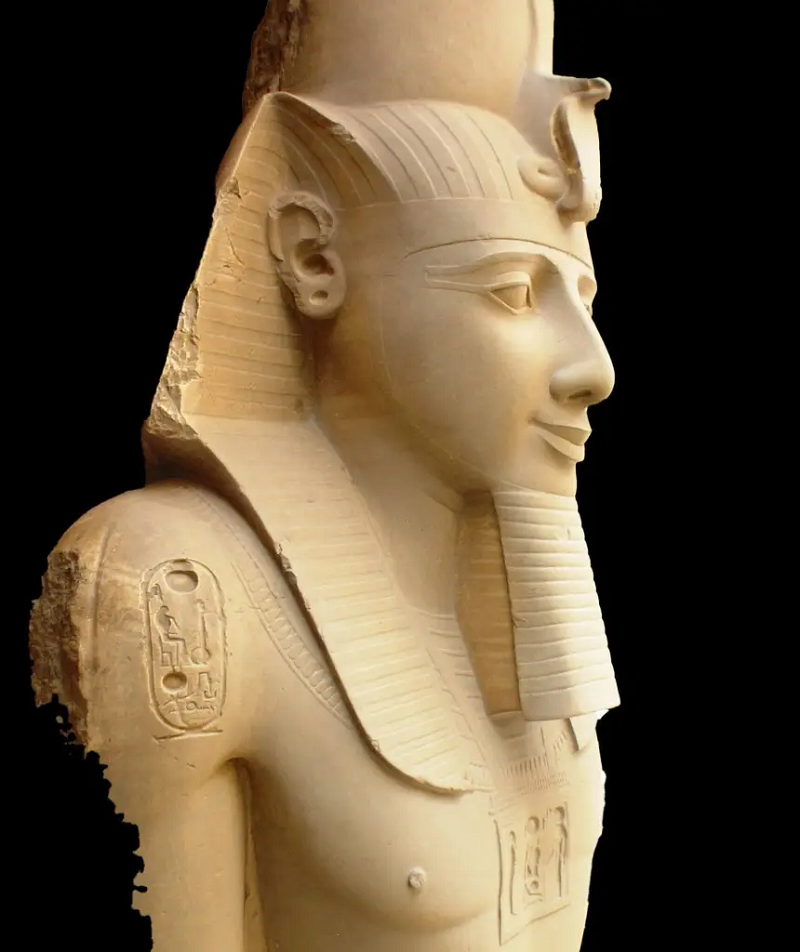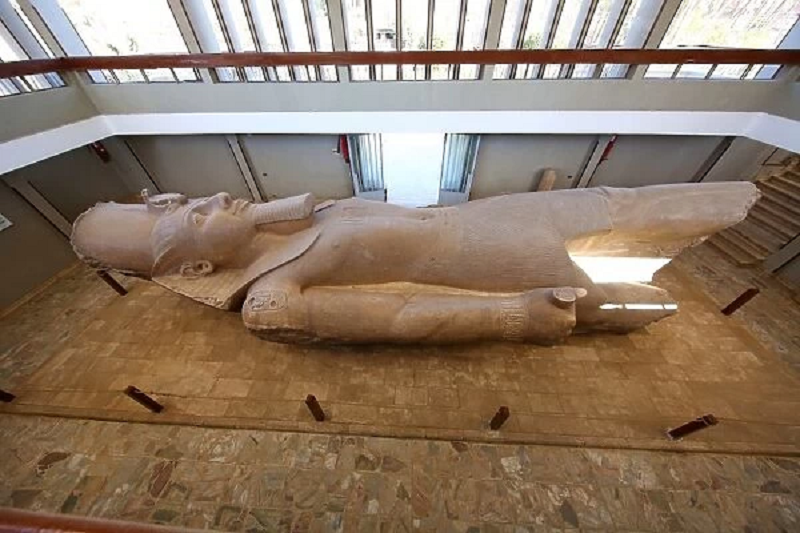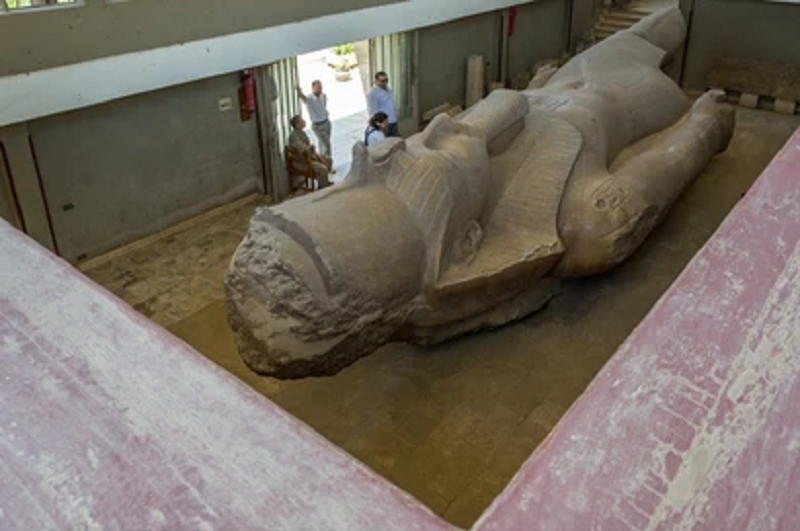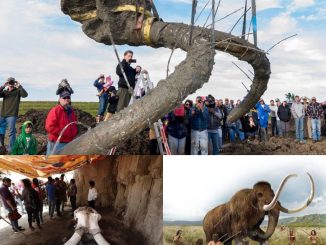Nestled amidst the ruins of ancient Egypt lies a testament to the grandeur and power of one of its greatest pharaohs, Ramesses II. Standing tall and resolute, the Limestone Colossus of King Ramesses II at Memphis serves as a silent guardian of history, inviting us to unravel the mysteries of a bygone era. Discovered in 1820 by the intrepid Italian traveller Giovanni Battista Caviglia, this colossal statue has since captured the imagination of archaeologists and enthusiasts alike, with its sheer size and historical significance. In this blog post, we embark on a journey to explore the story behind this monumental relic, tracing its journey from discovery to its current place of honor at the Mit Rahina Museum.

A Glimpse into the Past
Ramesses II, also known as Ramesses the Great, ruled over Egypt during the 19th dynasty, a period marked by prosperity and military conquests. His reign, spanning over six decades, left an indelible mark on Egyptian history, with monumental architectural projects and military campaigns shaping the landscape of the ancient world. Among his many achievements, the construction of colossal statues to immortalize his legacy stands as a testament to his enduring influence.

Discovery and Initial Challenges
The discovery of the Limestone Colossus of King Ramesses II marked a significant milestone in the field of archaeology. Giovanni Battista Caviglia, an Italian traveller with a passion for uncovering ancient relics, stumbled upon the colossal statue during his explorations in Egypt in 1820. Standing at an imposing height, the statue posed a formidable challenge to archaeologists due to its sheer size and weight. It soon became evident that moving such a colossal artifact would require innovative engineering solutions and meticulous planning.

The Journey to Preservation
For decades, the Limestone Colossus remained a symbol of Egypt’s glorious past, yet its relocation posed a logistical conundrum. Numerous attempts were made to move the statue, each thwarted by the immense challenges it presented. It wasn’t until 1887 that a breakthrough occurred, thanks to the ingenuity of British army engineer A. H. Bagnold. Employing a combination of levers and pulleys, Bagnold succeeded in orchestrating the monumental task of moving the colossus to its current location at Memphis.

Guardian of History
Today, the Limestone Colossus of King Ramesses II stands as a silent sentinel, bearing witness to the passage of time and preserving the legacy of one of Egypt’s greatest rulers. Encased within the protective confines of the Mit Rahina Museum, the colossus continues to captivate visitors from around the world, offering a glimpse into the grandeur of ancient Egypt. Its towering presence serves as a poignant reminder of the enduring legacy of Ramesses II and the rich tapestry of Egyptian civilization.


Conclusion
In the annals of history, the Limestone Colossus of King Ramesses II stands as a testament to the ingenuity and perseverance of ancient civilizations. From its discovery by Giovanni Battista Caviglia to its painstaking relocation by A. H. Bagnold, the journey of this colossal statue serves as a testament to humanity’s enduring quest to unravel the mysteries of the past. As we stand in awe of its majestic presence, we are reminded of the timeless allure of ancient Egypt and the indelible mark left by its illustrious rulers. The Limestone Colossus of King Ramesses II remains not just a relic of the past, but a beacon guiding us through the corridors of history.



